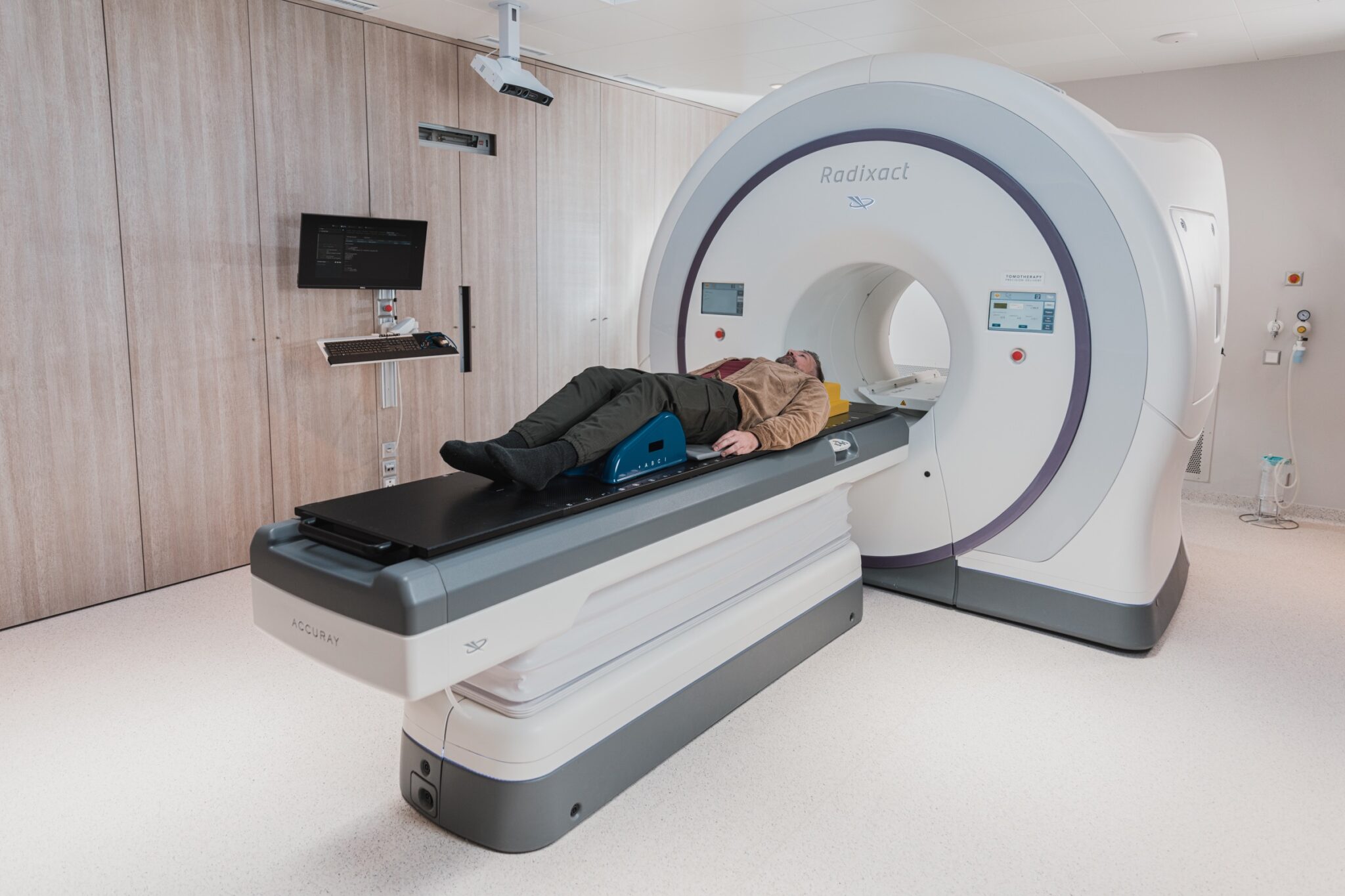Table of Contents
Introduction
Software as a Medical Device (SaMD) is a rapidly growing field that offers advanced diagnostic and therapeutic solutions to patients. With the increasing use of SaMD in healthcare, there is a need for stringent risk management to ensure patient safety. ISO 14971, an international standard for risk management in medical devices, provides a comprehensive framework for managing SaMD risk management.
This standard guides developers and manufacturers in identifying, analyzing, and evaluating risks throughout the development lifecycle of SaMD. It provides a structured approach to SaMD risk management, including risk assessment, risk control, and risk communication. By adhering to the requirements of ISO 14971, developers and manufacturers can ensure that SaMD is safe, effective, and reliable.
To apply ISO 14971 effectively in SaMD development, it is essential to understand the nuances of the standard and its requirements. This comprehensive guide provides detailed insights into the application of ISO 14971 in SaMD development. It covers a range of topics, including risk management planning, risk analysis, risk evaluation, and risk control measures.
By following the guidance provided in this guide, developers and manufacturers can create SaMD that meets regulatory requirements and delivers safe and effective outcomes for patients. Ultimately, the effective application of ISO 14971 in SaMD development can help to improve patient outcomes and revolutionize the field of healthcare.
Understanding ISO 14971 and Its Importance in SaMD
ISO 14971 is a comprehensive standard that guides managing risks related to medical devices. The standard provides a framework that helps manufacturers identify, evaluate, and control risks associated with medical devices throughout their entire lifecycle, from development to disposal.
For SaMD, the standard is particularly crucial due to the unique characteristics of the software. SaMD is known for its complexity, fast development cycles, and potential for integration with other systems. The standard helps manufacturers navigate these complexities and manage the risks associated with SaMD effectively. One of the key benefits of the standard is that it requires manufacturers to take a risk-based approach to the development and maintenance of SaMD. This means that the focus is on identifying and managing risks that are most likely to occur and have the most significant impact on patients and users.
ISO 14971 is an essential standard for manufacturers of medical devices, especially SaMD. It provides a structured approach to managing risks throughout the lifecycle of a medical device, with a particular emphasis on SaMD’s unique complexities.
Core Principles of ISO 14971 for SaMD
- Proactive Risk Management: This involves anticipating potential risks before they manifest, ensuring that safety is considered at every development stage.
- Lifecycle Consideration: ISO 14971 requires attention to risks throughout the entire lifecycle of the SaMD, from conception through to decommissioning.
- Continuous Improvement: The standard encourages ongoing adaptation of the SaMD risk management process to respond to new information and technological advancements.
Detailed Steps in Applying ISO 14971 for SaMD Development
Risk Analysis
- Identification of Potential Hazards: This step involves a comprehensive analysis of the software, considering all possible failure modes, user errors, and misuse scenarios. It’s crucial to understand the context of use, the environment in which the SaMD will operate, and the potential impact on patient safety.
- Examples of Hazards in SaMD: These can range from software bugs leading to incorrect diagnoses to data security vulnerabilities that could compromise patient privacy.
Risk Evaluation
- Assessing Severity and Probability: Each identified risk is evaluated in terms of its severity (impact on patient safety or health) and probability (likelihood of occurrence). This evaluation helps prioritize risks, focusing resources on the most critical areas.
- Risk Acceptance Criteria: Setting clear criteria for what constitutes an acceptable level of risk is vital. These criteria should be aligned with industry standards and regulatory requirements.
Risk Control
- Mitigation Strategies: Strategies might include redesigning software algorithms, enhancing user interfaces for clarity, or implementing additional safety checks. The goal is to reduce the risk to an acceptable level.
- Effectiveness of Control Measures: After implementation, it’s important to validate that these measures effectively reduce or eliminate the risks without introducing new hazards.
Residual Risk Assessment
- Evaluating Remaining Risks: Even after control measures, some level of risk may remain. This residual risk must be assessed to ensure it falls within the acceptable criteria established earlier.
Risk Management File
- Documentation and Record-Keeping: A detailed and up-to-date record of all risk management activities is essential for demonstrating compliance and for ongoing monitoring.
Post-Production Information Gathering
- Continuous Monitoring and Updating: Post-market, it’s crucial to collect and analyze data from actual use, including user feedback, incident reports, and new scientific or medical findings. This information should be used to update risk assessments and control measures.
Best Practices in SaMD Risk Management
- Emphasizing User-Centered Design: By focusing on the end-user, developers can reduce risks related to usability and ensure that the SaMD meets its intended purpose effectively.
- Integrating Risk Management with Agile Development: In agile development environments, incorporating SaMD risk management activities into each sprint or phase ensures continuous attention to potential hazards.
- Engaging Diverse Stakeholders: Collaboration with healthcare professionals, patients, and regulatory bodies ensures a comprehensive understanding of potential risks and their impacts.
- Ensuring Regulatory Compliance: Align SaMD risk management processes with the specific requirements of different regulatory environments to ensure global compliance.
- Prioritizing Education and Training: Training for developers, healthcare providers, and users is crucial to ensure a deep understanding of the SaMD and its safe use.
- Focusing on Cybersecurity: In the digital landscape of SaMD, managing risks related to data privacy and security is paramount.
- Incorporating into Quality Management Systems: Integrating SaMD risk management into the organization’s broader quality management system can enhance overall safety and quality.
- Staying Updated with Technology Trends: Keeping abreast of technological advancements helps anticipate future risks and manage them proactively.
- Considering Ethical Implications: Addressing ethical concerns, especially related to data usage and patient privacy, is crucial in maintaining public trust and compliance.
Challenges and Solutions in Applying ISO 14971 to SaMD
- Adapting to Rapid Technological Changes: Stay agile and flexible in the SaMD risk management process to quickly adapt to new technologies and methodologies
- Addressing Interoperability Risks: Work closely with other system developers and manufacturers to ensure smooth integration and manage associated risks.
- Navigating Global Regulatory Variations: Develop a comprehensive understanding of international regulations to effectively manage risks in different markets.
Conclusion
SaMD risk management is essential, it serves two purposes: meeting regulatory requirements and ensuring patient safety and product effectiveness. The international standard ISO 14971 provides a robust framework guiding developers and manufacturers through a systematic process of identifying, evaluating, and controlling risks associated with SaMD at every stage of its lifecycle.
This comprehensive approach to SaMD risk management is not just about compliance with regulations. It plays a vital role in creating a culture of safety and quality. By following ISO 14971 diligently, organizations can ensure that their products are both compliant and optimized for patient safety and efficacy. This involves thorough risk analysis, mitigation strategies, and continuous monitoring even after the product is in use, ensuring that any potential hazards are managed effectively.
In an environment where technology and medical needs are constantly evolving, the principles of ISO 14971 encourage ongoing innovation. It’s a dynamic process that requires manufacturers to continually assess and update their risk management practices. By integrating these principles into their development cycle, companies can create SaMD solutions that are not only innovative but also reliable and safe for patients.

